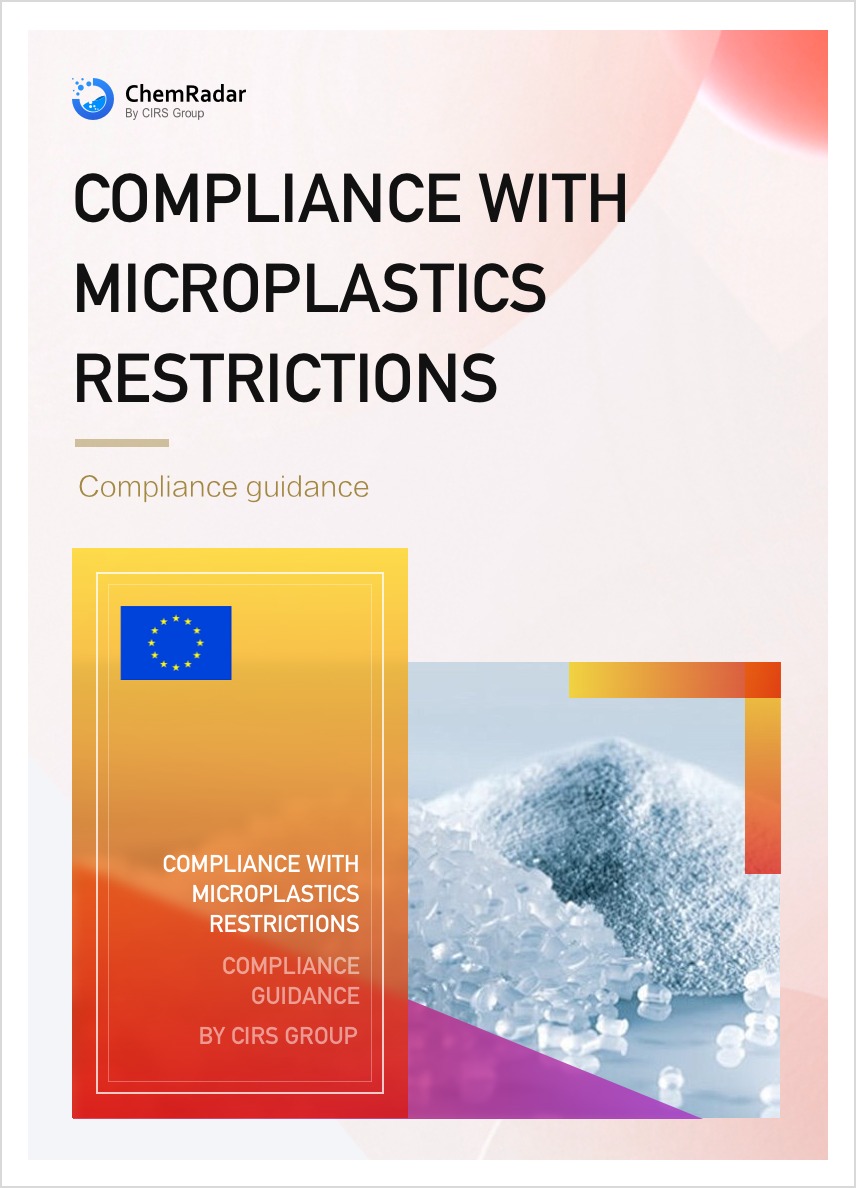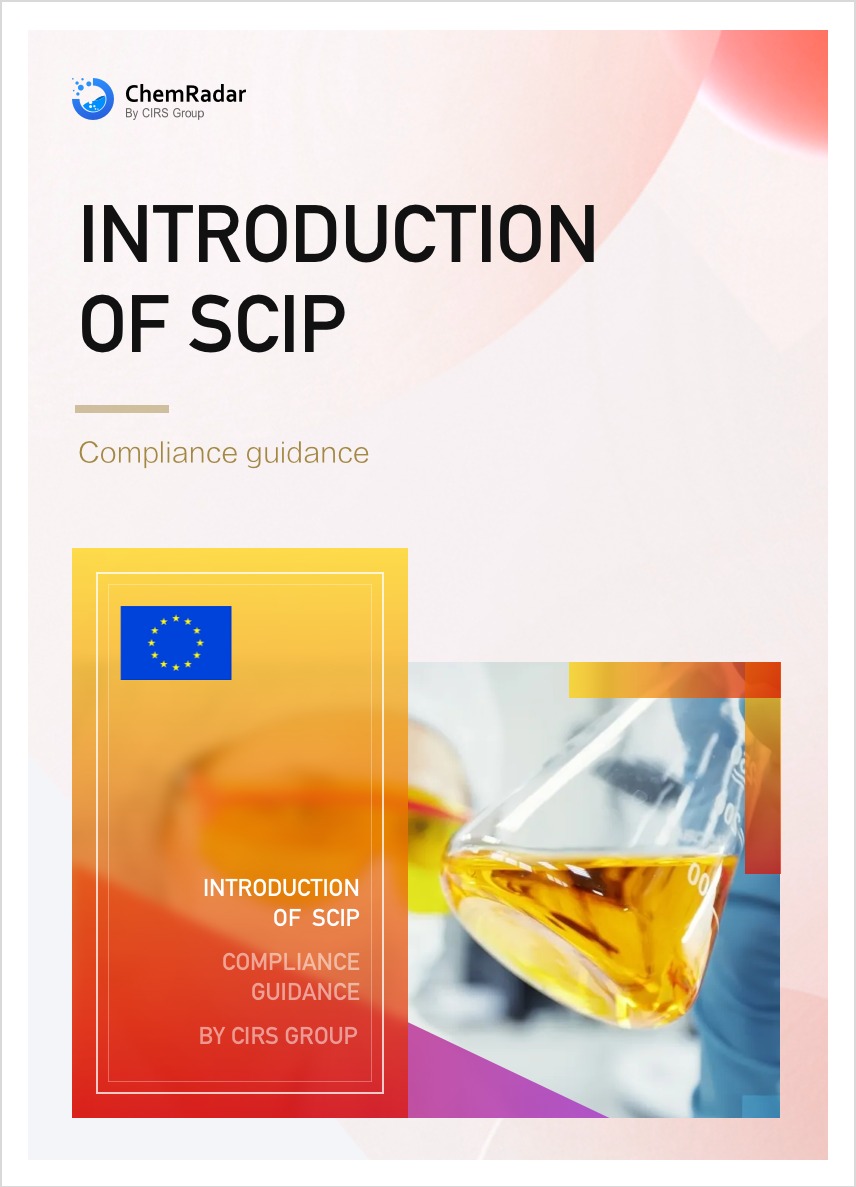On March 25, 2025, the European Chemicals Agency (ECHA) announced the launch of a public consultation on a proposal to include polybrominated dibenzo-p-dioxins and dibenzofurans (PBDD/Fs) and mixed polybrominated/chlorinated dibenzo-p-dioxins and dibenzofurans (PBCDD/Fs), in the Stockholm Convention’s list of Persistent Organic Pollutants (POPs). Stakeholders are invited to submit comments by May 20, 2025, to contribute to this global environmental decision-making process.
Background and Proposal Details
The Stockholm Convention aims to eliminate or restrict the production and use of POPs through international cooperation. These substances, known for their high toxicity, persistence, and bioaccumulation, pose long-term threats to the environment and human health. The proposed PBDDFs are by-products potentially generated in industrial processes. Their chemical properties resemble those of strictly regulated polychlorinated dibenzo-p-dioxins and dibenzofurans (PCDD/Fs) and may cause severe harm to ecosystems and human health.
The Draft Risk Profile submitted by the EU highlights that PBDDFs are extremely resistant to environmental degradation and can bioaccumulate through the food chain. Further verification is needed to confirm whether they meet the Stockholm Convention’s POPs criteria. If listed, signatory states will be required to phase out their production, use, and emissions.
Public Consultation Process
ECHA emphasized that this consultation is a critical phase in the Stockholm Convention’s review process. Stakeholders may submit scientific data, technical opinions, or use-case examples via the official website to help refine the EU’s proposal. Key steps include:
- Visit the ECHA official website’s "Proposals for new POPs" page and click "Details" to access the submission portal.
- Provide feedback on PBDDFs’ environmental behavior, toxicity data, and necessity for control based on the Draft Risk Profile.
- Ensure submissions are made by 23:59 Helsinki time on May 20, 2025. Late submissions will not be accepted.
Further Information
Additional information relating to the draft risk profile for PBDDFs





